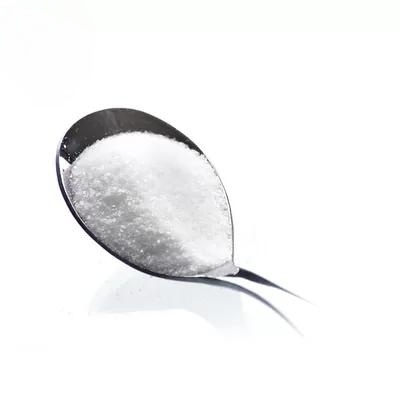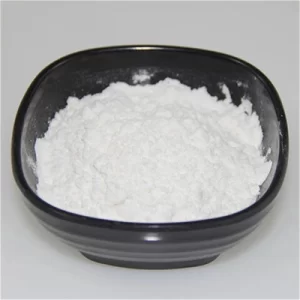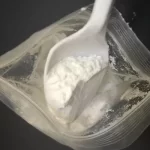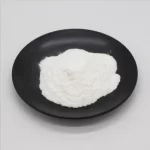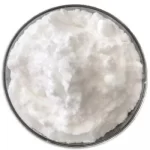Description
High Purity N-Methyl-D-Aspartic Acid / NMDA CAS 6384-92-5
Description
| Cas: | 6384-92-5 | MF: | C5H9NO4 |
|---|---|---|---|
| MW: | 147.13 | Origin: | China |
| Appearance: | Powder | EINECS NO.: | 227-012-0 |
| Density: | 1.4285 (rough Estimate) | Color: | White |
| Melting Point: | 187-192 °C | Boiling Point: | 267.21°C (rough Estimate) |
| High Light: |
ISO N Methyl D Aspartic, High Purity N Methyl D Aspartic, 6384-92-5 N Methyl D Aspartic |
||
Factory Stock High Purity N-Methyl-D-Aspartic Acid /NMDA CAS 6384-92-5
Product introduction
| Product name | N-Methyl-D-aspartic acid |
| CAS No. | 6384-92-5 |
| MF | C5H9NO4 |
| MW | 147.13 |
| Origin | China |
| Appearance | White powder |
| Sample | Available |
| Density | 1.4285 (rough estimate) |
Description
N methyl D-aspartic acid (NMDA) is an amino acid derivative that acts as a particular agonist at the NMDA receptor, simulating the action of the neurotransmitter glutamate. NMDA, unlike glutamate, binds to and regulates only the NMDA receptor, having no influence on other glutamate receptors.
Function
1.NMDA may play a role in neuroendocrine regulation in the hypothalmo-neurohypophysial system. NMDA at the right dose can promote SS secretion and mRNA expression in hypothalamic nerve cells, increase Ca2+ levels in cells, and lower cAMP levels.
2.NMDA plays a critical role in neuroendocrine control.
NMDA, in the right concentration, can alter the endocrine system of an organism, primarily by promoting hormone (GH)secretion in animal organisms, resulting in an increase in blood GH levels.
3.NMDA inhibits DNA synthesis in PC12 cells, which can decrease cell proliferation activity. As a result, it can be employed to develop anticancer medications.
4.It can be utilized as a new feed addition that promotes rapid growth.
5.NMDA has the potential to be a new useful food ingredient.

